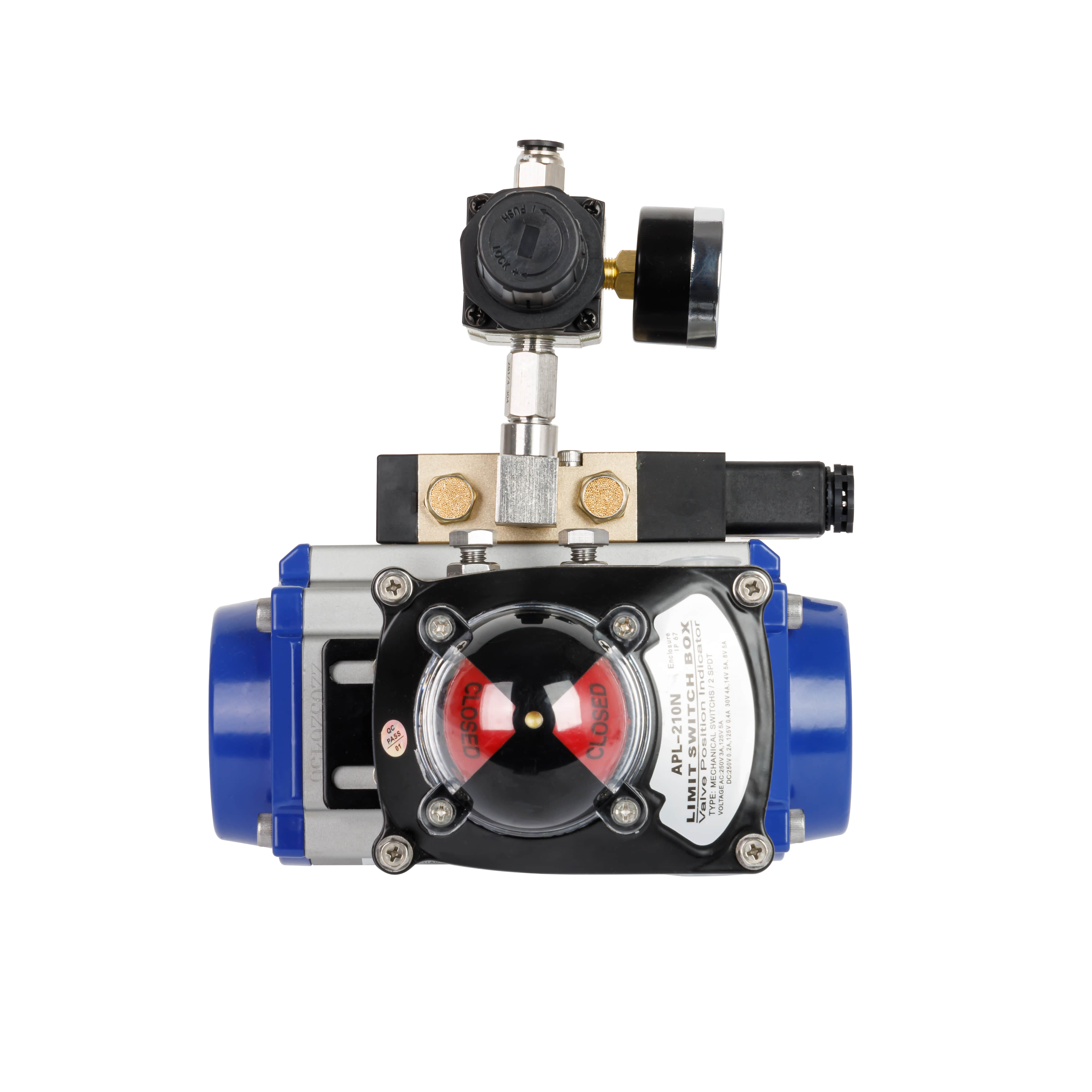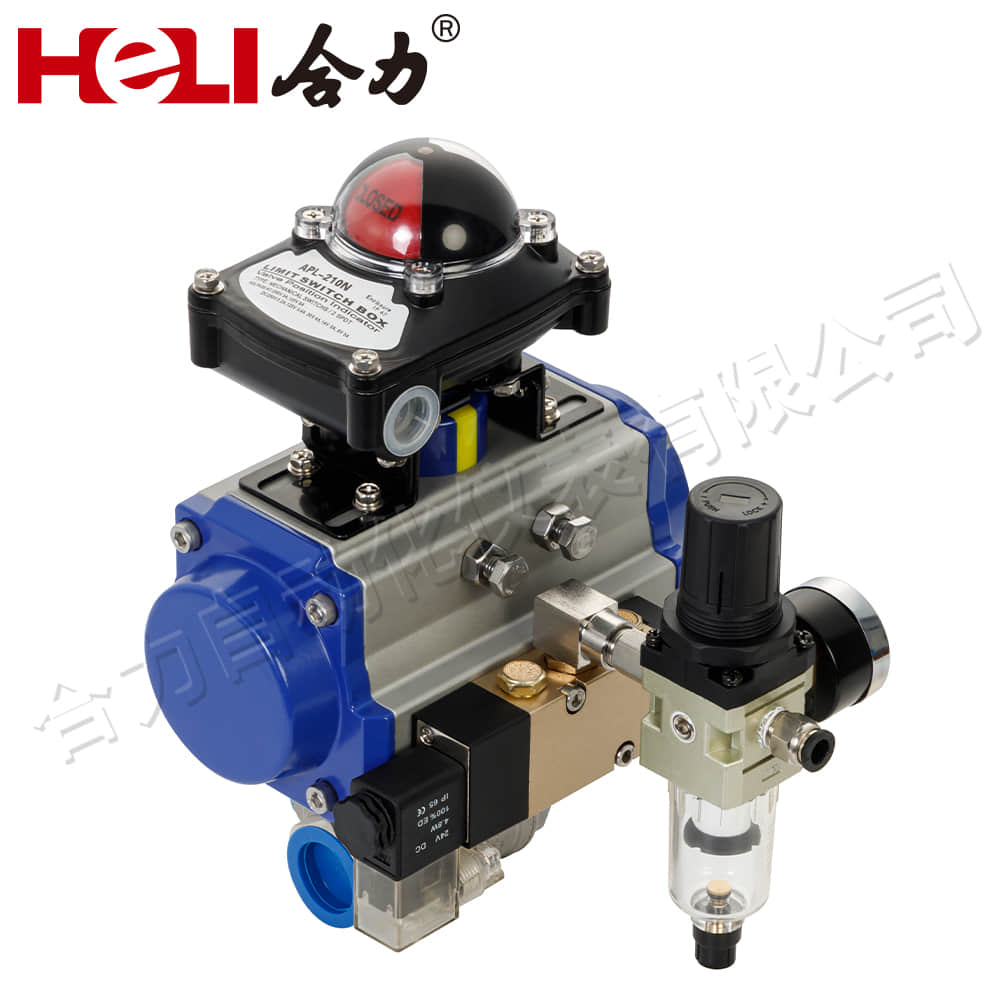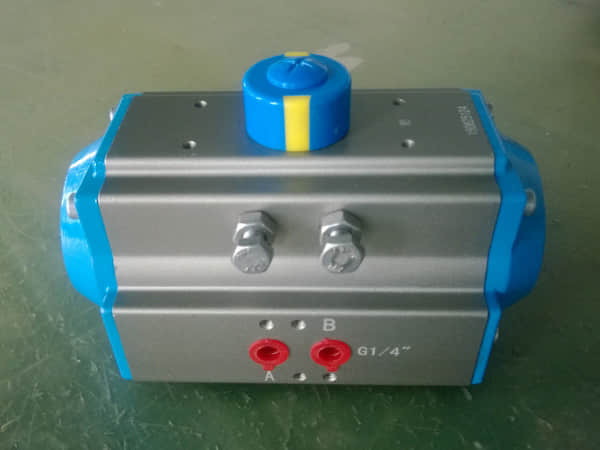

Pneumatic actuators play a vital role in various industrial applications by converting compressed air into mechanical motion. This technology is widely used in automation, manufacturing, and process control, making it essential for optimizing efficiency and reliability in operations.

A pneumatic actuator typically consists of a cylinder, piston, and a series of valves that control the flow of compressed air. When air enters the cylinder, it pushes the piston, causing linear or rotary motion, depending on the actuator's design. This mechanism allows for quick response times and high force output, which are crucial in applications that require precise control and rapid actuation.
